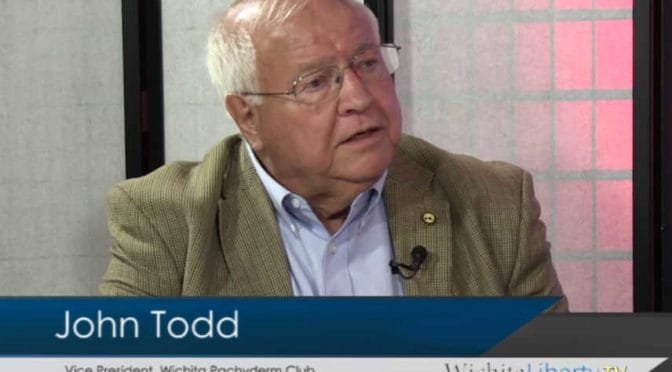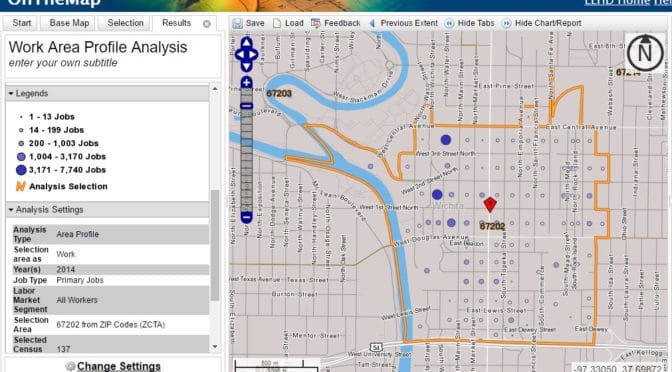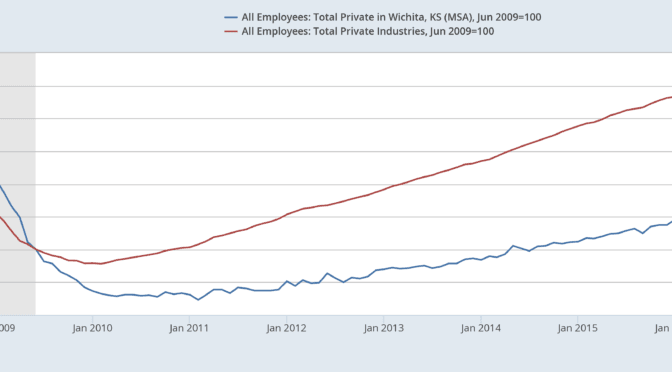Does the City of Wichita enforce its public-private partnership agreements? In some cases the city doesn’t even ask for the information that is needed for enforcement.
A Wichita Eagle article reports on a 2002 public-private partnership that called for the private-sector company to submit an annual report to the city. But the company did not submit the reports, and the city didn’t ask for them. The city did after the Eagle inquired. 1
The deal involves the city leasing land to a private developer for a project now known as WaterWalk. Part of the deal called for the city to possibly receive annual payments in a form of profit-sharing. Annual reports to the city were to provide figures from which the city’s payment would be calculated.
There is an important issue here apart from the wisdom of striking the initial deal in 2002. That is, neither the city nor the company followed the terms of the deal. The annual reports were not supplied by the company, and they were not requested by the city, according to Eagle reporting. As it turns out the annual reports purport to show that the city was owed no money under the profit sharing agreement.
But that’s not the point. The issue is that the city did not enforce a simple aspect of the agreement, and the private-sector company felt it did not need to comply.
Some of the Eagle article is devoted to explaining that the deal was struck some years ago, and: “No city official who played a major role in the 2002 contract is still actively involved in government.”
I’m sure we will hear that excuse from current city council members and bureaucrats, that all this happened before our time. Anyone taking cover using that excuse deserves to be terminated immediately.
We should not accept this or any excuse. This is because in 2012 the city entered into a same or similar agreement in the same WaterWalk development with the same developer, Jack P. Deboer. It also called for the city to potentially earn payments, called “additional annual rent.” It also called for reports to be made, although the exact language used is “provide that calculation.” 2
I wonder: When city staff drafted the new agreement in 2012, and when the council deliberated the agreement, did anyone wonder how the 2002 agreement worked out? Did anyone wonder if the city earned any payments from that deal? The 2012 agreement was controversial, at least to some. I and others spoke to the council expressing our concerns. 3
I also wonder: Has the developer filed the annual reports from the 2012 agreement? I’ve asked the city.
Here is the article I filed in 2012: Wichita WaterWalk apartment deal not good for citizens.
—
Notes
- Lefler, Dion. WaterWalk profit-sharing: 15 years, zero dollars for Wichita. Wichita Eagle, July 8, 2017. Available at http://www.kansas.com/news/politics-government/article160147944.html. ↩
- “As Additional Annual Rent Tenant shall pay a sum equal to twenty-five percent (25%) of the Adjusted Net Cash Flow commencing with the first day the Tenant Improvements open for business. The Tenant shall calculate Adjusted Net Cash Flow for each Current Year within forty-five (45) days after the end of the Current Year (or portion thereof) and provide that calculation, and pay to the Landlord the Additional Annual Rent, within sixty (60) days after the end of the Current Year. Additional Annual Rent shall continue until this Lease expires. Adjusted Net Cash Flow is Gross Revenues less Total Expenses, less the total amount of capital expenses for furniture, fixtures, and equipment for the Tenant Improvements in excess of the aggregate amount expended from any reserve during such year.” Amendments to WaterWalk Developer Agreements. August 21, 2012. Available at https://drive.google.com/file/d/0B97azj3TSm9Mdm1tWjlQbVAzemM/view?usp=sharing. ↩
- Wichita City Council. Minutes of August 21, 2012 meeting. Available at http://wichitaks.granicus.com/MinutesViewer.php?view_id=2&clip_id=1843. ↩



 From the Wichita Pachyderm Club this week: Wichita City Council Primary and General Election Candidates. This audio presentation was recorded June 30, 2017.
From the Wichita Pachyderm Club this week: Wichita City Council Primary and General Election Candidates. This audio presentation was recorded June 30, 2017.






 For this year’s report, the news for the Wichita area is mixed. For the period 2010 to 2015, Wichita ranks 88th in growth, 69th in prosperity, and 44th in inclusion. (The 100 largest metro areas were ranked.)
For this year’s report, the news for the Wichita area is mixed. For the period 2010 to 2015, Wichita ranks 88th in growth, 69th in prosperity, and 44th in inclusion. (The 100 largest metro areas were ranked.)








